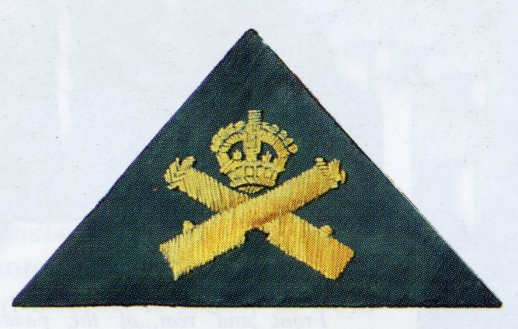
Not everything can be discovered using direct evidence. Sometimes we must use deductive reasoning to determine the most probable likelihoods and outcomes. My desire to discover to which of the four Companies of 8th Battalion my Great Grandfather belonged has led me back to the period before 8th Bn. even existed.

The Battalion was formed on 20th January 1918 out of four existing MG Companies. ‘A’ Company was formerly the 23rd Company of the 23rd Brigade, ‘B’ Company was 24th Company: 24th Brigade, ‘C’ was 25th Company: 25th Brigade and ‘D’ Company came out of the 218th Company which was the 8th Division Reserve MG Coy.
The 23rd Coy. had been formed on 15.1.15
The 24th Coy. on 17.2.15
The 25th Coy. on 19.1.16
And the 218th Coy. had not formed until 23.3.17

The main engagements they were involved in before becoming 8thBn. were: 31.7 – 1.8.1917 Battle of Pilckem Ridge (II Corps/5 Army), 31.7.1917 Attack on Westhoek, 16 – 18.8.1917 Battle of Langemarck, 2.12.1917 Assault on Southern Redoubt, Passchendaele (VIII Corps/2 Army)
All of the above is fact. Beyond this point, there is only educated speculation on my part.
John Harry had reenlisted on the 23rd of February 1917. When a man had been out for over a year, he was rarely returned to his old unit (in John Harry’s case, the East Lancashires), rather, he was sent where he was most needed.
I believe it was at this time that John (probably not by choice) joined the MGC. And the timing suggests that – having completed his minimum five weeks of training at the MG school at Grantham – he would probably have been placed in the most recently created MG unit.
Of the four Companies that would eventually be formed into 8th Battalion MGC, the only one that fits is 218th Company. As stated, they were formed on the 23.3, exactly a month after John reenlisted. That leads me to the inevitable conclusion that John began his period with the MGC in the reserve MG Company of the 8th Division.

That being the case, I would have to say the most likely candidate for the Coy. that John served with in the 8th Bn. was D Coy (formerly 218th).
Even this is nominal, however. D was the reserve Coy. of the Battalion, which means it was constantly feeding replacements into the other three Coys. as they sustained casualties. And, in the month of March ’18, they sustained a great many casualties. John could well have ended up fighting with any of the other line Coys. but, on paper at least, he was more than likely a member of D Company.

And so, what becomes clear, among all these fragments, is the sequence of random events that led up to John Harry’s death; forced back into the service by an untenable economic situation, being considered of a high enough calibre by the military Bureaucratic machine to be fed into the Machine Gun Corps, sent to the Somme to cover a general retreat, and finally, fatally wounded in an unspecified action.
Even the location of his death and subsequent burial (more than likely at a French rather than British Dressing Station) meant he was not able to be officially identified until some months later; placing undue stress and suffering upon his family.
I doubt his story is unique and many soldiers had it much worse, so may remain unidentified or unlocated, but it still reads like a Kafka novel where the protagonist’s fate is decided by a series of random accidents completely beyond their control.



